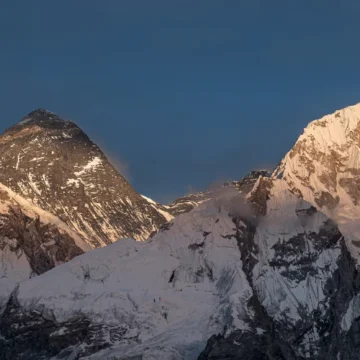
Rainbow Valley Everest/ Sleeping Beauty Facts
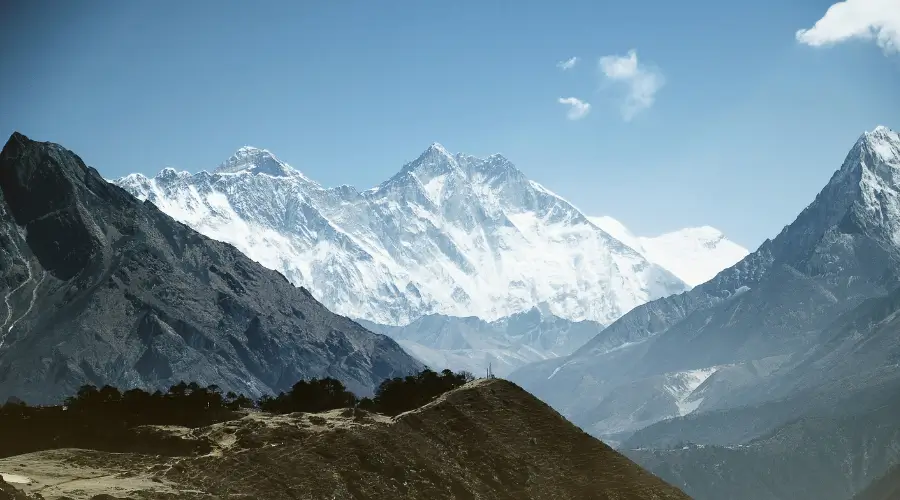
Table of Contents
The Rainbow Valley Everest is a really dangerous place on Mount Everest that climbers have to face when they try to climb the highest peak in the world. It’s located above 26,000 feet (8,000 meters) and has very thin air, low oxygen levels, and freezing temperatures. Even the most experienced climbers find it very challenging. That’s why it’s called the “death zone.”
At these great heights, the human body collides with the environment’s cruelty, which worsens each footstep’s difficulty. The earth’s atmosphere becomes so thin that it cannot maintain life without extra oxygen. Climbers must climb up as they find themselves in this harsh place characterized by bare ice projections and solid rock faces. The Rainbow Valley Everest is a very tough and barren place on Mount Everest. Even though it’s dangerous, many people still try to climb it. But some people who try to climb it end up getting hurt or even dying because it’s so difficult. Every decision can make a big difference between success and failure. Rainbow Valley Everest is a reminder that nature is very powerful, and even though humans can be ambitious, nature can be very tough to conquer.
Why is it called Mount Everest Rainbow Valley?
Rainbow Valley Mount Everest earned its creepy nickname due to what it represents for climbers. It’s inside, like a death trap, and the air is getting thinner and thinner, making breathing difficult for people. Try to visualize yourself so high up that just breathing becomes a struggle for you. Oxygen deficiency negatively affects your body, making it difficult to move and think clearly. And it’s freezing up there, with icy winds able to chill you completely.
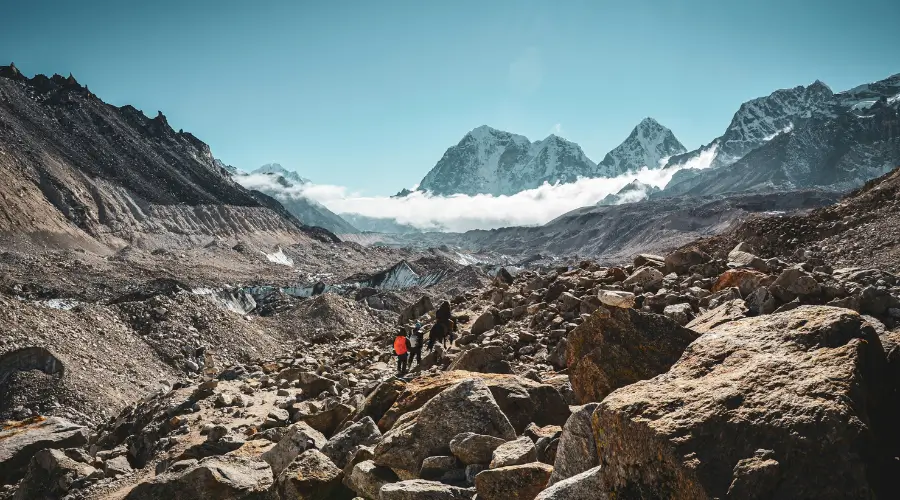
Imagine a place where nothing lives, only icy rocks and snow everywhere. Everest Rainbow Valley is dry and barren compared to the verdant land below. However, its threats do not discourage these adrenaline seekers who dream of climbing Everest Rainbow Valley. Regretfully, people have yet to come back after this trip. If they are lucky, they fall victim to the icy grip of the zone. It is a sign that the most vigorous mountains also have their limits, and at times, the strength of nature is just too tough for us to handle.
How many people have died in the Rainbow Valley Everest?
Rainbow Valley, also known as the “death zone” on Mount Everest region, has declared the lives of many trekkers over the years. Due to the extreme altitude and harsh conditions, this high-altitude region poses significant risks to climbers. Since the first successful climb of Everest in 1953 by Sir Edmund Hillary and Tenzing Norgay, hundreds of climbers have lost their lives on the mountain, with a significant number perishing in the Rainbow Valley area. Rainbow valley is where Green boots rainbow valley and sleeping beauty of Mount Everest died.
The exact number of trekkers who have died in Mt Everest Rainbow Valley is difficult to determine, as records are not always accurate or complete. However, it is estimated that dozens of climbers have lost their lives in this treacherous zone. The thin air, extreme cold, and challenging terrain make Rainbow Valley a deadly obstacle for those attempting to reach Everest’s Summit. Despite technological advances and climbing techniques, Mt Everest Rainbow Valley remains a formidable and dangerous opponent, claiming lives and serving as a sobering reminder of the risks involved in high-altitude mountaineering.
Are there still dead bodies in Mt Everest Rainbow Valley?
There are still bodies of the climbers on the Summit, which also is named the “death zone” on Mount Everest. Navigating the extreme conditions and difficulties put forth by high-altitude mountaineering would expose the body’s retrieval to the risk of being complicated and dangerous. The rescue and recovery operations are often put at risk for young climbers who get into trouble in Everest Rainbow Valley. The operations to recover the dead bodies are most likely to be too dangerous.
Rainbow Valley is a tragic place where climbers who have lost their lives climbing Everest are remembered. It’s a very cold and high place where the bodies are preserved due to low temperatures and oxygen levels. Some climbers are remembered as symbols of danger, while others remain unknown. People have tried to bring the bodies down, but it’s a difficult and risky task. The rescue teams who attempt it are very brave. Seeing these bodies reminds climbers of the risks and sacrifices in pursuing their dreams.
Where is Rainbow Valley Mount Everest?
Rainbow Valley, also known as the “death zone,” is located on the slopes of Mount Everest at an altitude above 26,000 feet (8,000 meters). It is a treacherous high-altitude region where the earth’s atmosphere becomes so thin that it cannot sustain human life without supplemental oxygen. Rainbow Valley is situated near the Summit of Everest, between the South Col and the Summit itself. This area is known for its extreme conditions, including dangerously low oxygen levels, frigid temperatures, and challenging terrain, making it one of the most difficult sections of the mountain.
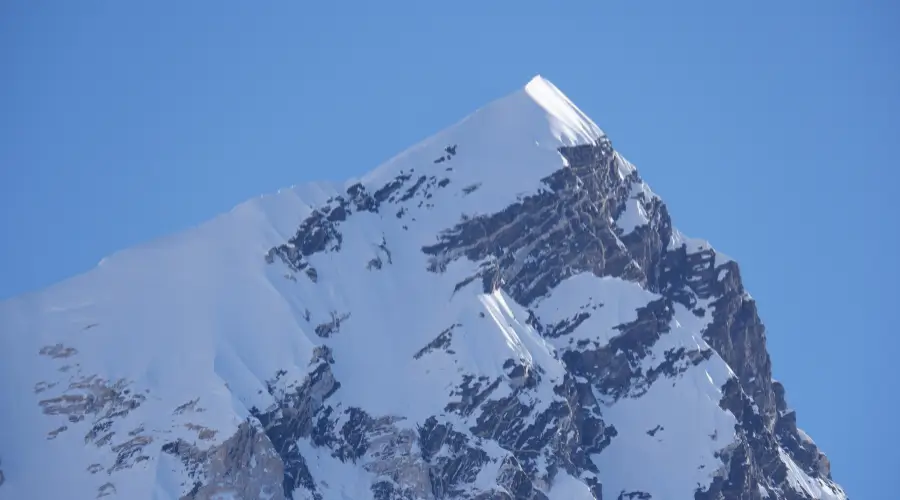
Main Cause of Death in Rainbow Valley Everest
The primary reason for mortality in “the death zone,” the height of over 8000 m over sea level at Mount Everest, is altitude-related illnesses, especially acute mountain sickness and hypoxia. When flying in the stratosphere at more than 26,000 ft (8,000 m), the air becomes very lean; it contains much less oxygen than it normally does at sea level. This hypoxia is often associated with the development of fatal consequences like high-altitude cerebral edema (HACE) and high-altitude pulmonary edema (HAPE).
Human brain edema (HACE) occurs when the brain swells due to fluid buildup. Symptoms of HACE include confusion, hallucinations, and an inability to stand up properly. In contrast to HAPE, Hape results in excess fluid in the lungs, which leads to shortness of breath, coughing blood, and death. Altitude sicknesses can develop faster than one can comprehend and could be fatal if left untreated. These can be treated by descent to lower altitudes and supplemented with oxygen.
Besides altitude illnesses, other factors, such as extreme cold, avalanches, falling, and exhaustion, also result in deaths in Rainbow Valley. On Everest, beyond the wild and furious snowfall, temperatures of Mount Everest are down to freezing, and killer winds, frostbite, and hypothermia will be inevitable for climbers.
Avalanches are yet another risk factor in this extremely high-altitude area. Where the snow and ice conditions are unstable, and avalanches could be deadly. Furthermore, the physical and mental challenges of standing to extend climbers to a point. They may have to overcome exhaustion, bad judgment, and other such factors, ending in fatal accidents. Together, these factors make Rainbow Valley one of the most hazardous forever regions of Mount Everest, exactly the one where most climbers have died in the pursuit of the Summit.
Famous Stories of Everest Rainbow Valley
Sleeping Beauty of Everest:
Francys Arsentiev, the “Sleeping Beauty of Everest,” one of the candidates for the 1998 expedition. Sadly lost her life at the top of the world. Together with her husband Sergei Arsentiev. They aimed to reach the top of the highest mountain on earth—Mt. Everest—if unaided by supplemental oxygen. On their way up, the weather turned suddenly ugly, leaving them almost clinging to their lives. Although they made it to the top, they got apart while descending. Francys was last encountered alive and by other climbers sitting alone and struggling. Sergei, her husband, though single-handedly attempted to find her. Yet it was tragically unsuccessful as he passed away in his venture. Francys’ body lay on the mountainside for the years after. It is a heartfelt symbol for the dangers and challenges of Everest.
Green Boots of Everest:
“Green Boots of Mount Everest” is the name of the dead climber whose body has become a creepy landmark. At the moment of ascending Mount Everest on the main Northeast Ridge route. They identify the climber as Tsewang Paljor, who was an Indian climber. He lost his life during the 1996 Mount Everest catastrophe. That name was called Green Boots rainbow valley for the first time because he wore the usual green mountaineering boots. His body is in a little limestone cave named “Green Boots Cave”. A normal place for trekkers to sleep on their way to the Summit. Green boots Mount Everest symbolize the perils and realities of high-altitude mountaineering. The climbers walking by their resting place towards the top would see that they can also fall victim to the elements.
Want to know more?
Speak to an Expert





Sandip Dhungana
Nepal 🇳🇵
Whatsapp: +977-9823636377


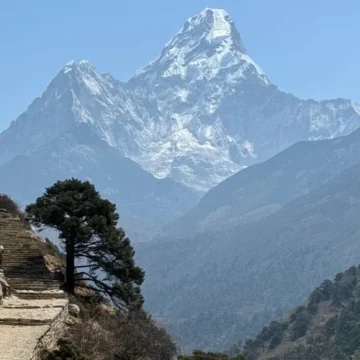

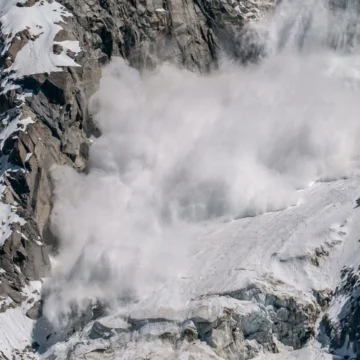
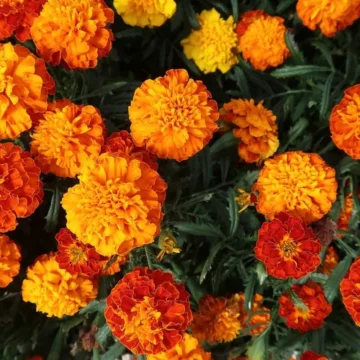

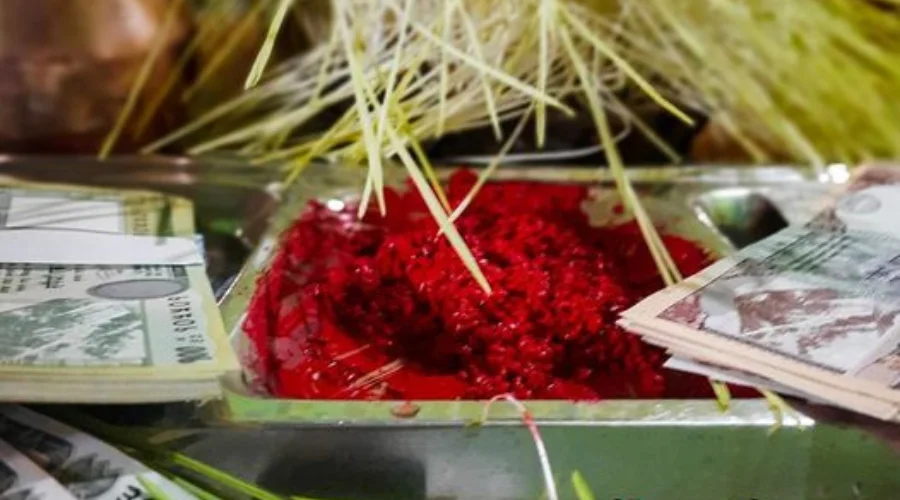
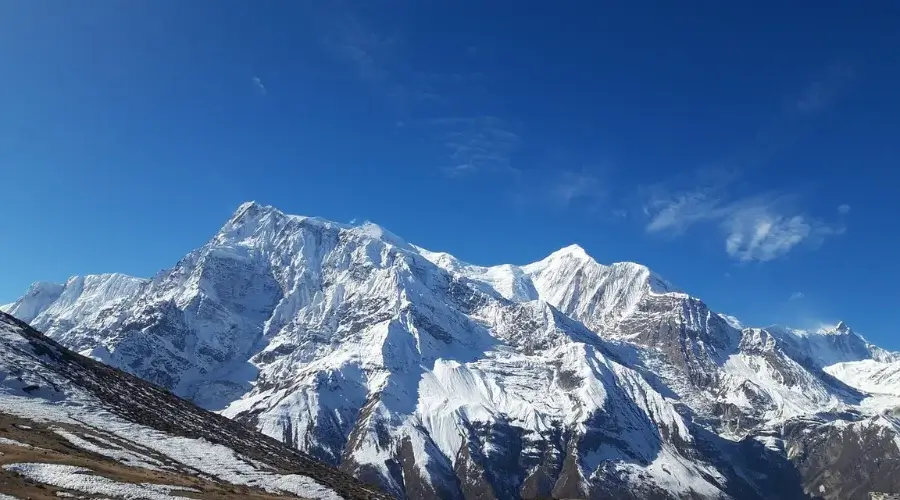
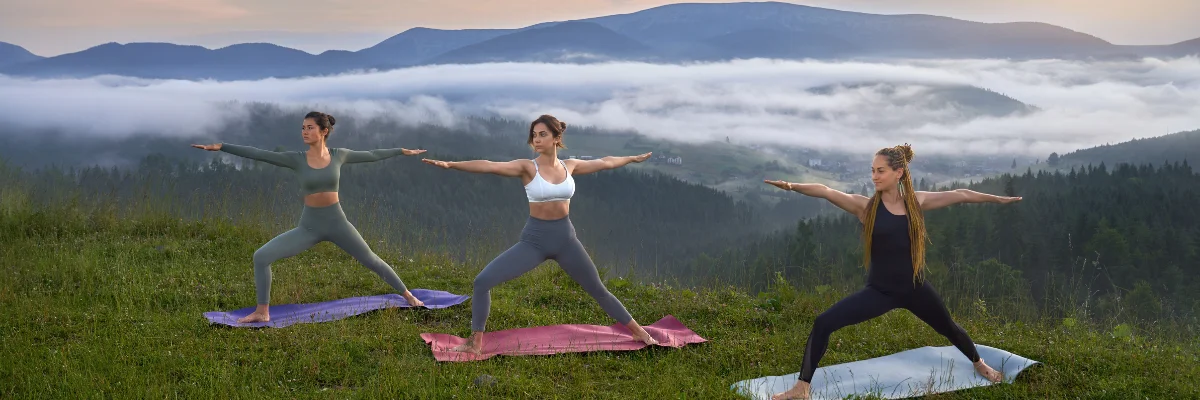
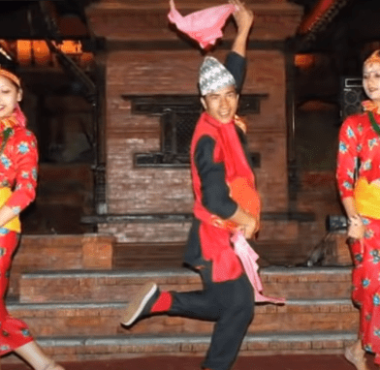












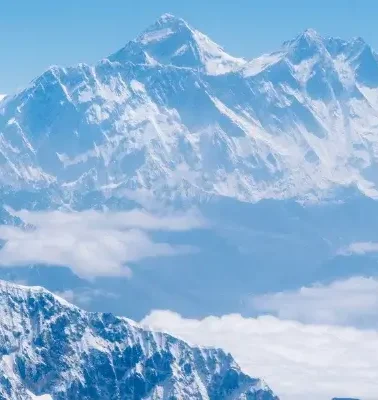
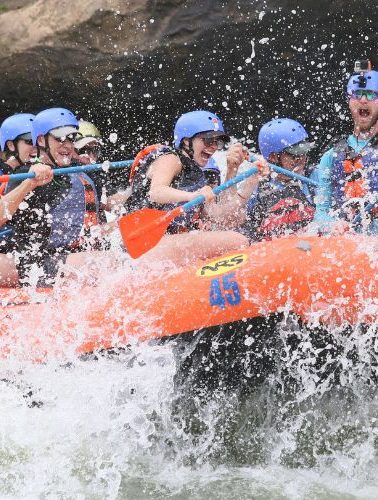

Leave Your Comment